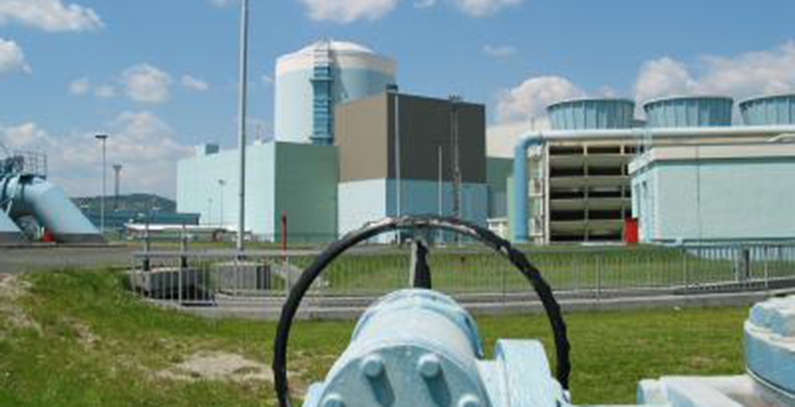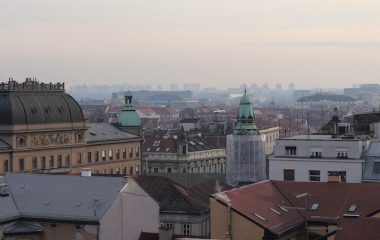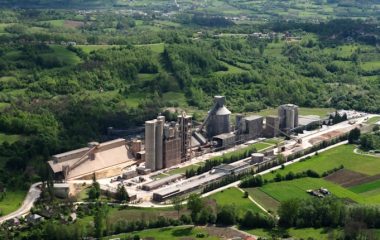
Photo: Nuklearna Elektrarna Krško
Published
August 24, 2017
Country
Author
Share
Published:
August 24, 2017
Country:
Author
Share
Slovenia will start building a storage for permanent nuclear waste disposal in the vicinity of the Croatian border, near the Krško nuclear power plant, in early 2018. It wishes to include Croatia in this project, whose representatives should give their final word on the issue in autumn.
In the Slovenian town of Vrbina, close to the Croatian border and near Krško, Riko completed preliminary works to kick off the development of a storage facility for the disposal of low and intermediate level radioactive waste and waste originating from the Krško nuclear power plant, co-owned by Slovenia and Croatia.
Repository development will commence early next year and last for three years, according to Slovenian media. Development of an embankment is now nearing completion in Vrbina, informed by the data on the highest historical flood waters of the Sava River, creating the basis to build foundations for above-ground structures.
The Slovenian Radioactive Waste Agency is preparing the required documentation to obtain a building permit, which could be issued late this year, depending on the approval by the Nuclear Safety Directorate. Permanent repository including one storage is valued at EUR 160 million, while its trial operation should commence in 2021.
If Croatia were to be involved in repository development, Slovenia’s costs would be EUR 100 million lower. In July, the Slovenian side sent a letter to the Croatian Ministry of Energy requesting a meeting of the joint intergovernmental commission in autumn, with the repository as one of the planned topics. According to the interstate agreement on nuclear power plant decommissioning, two nuclear power plant co-owners can jointly dispose of waste from the power plant or each develop their own storage and divide the waste.
Slovenians believe that a joint solution for radioactive waste disposal would be cheaper, simpler and more secure than developing separate repositories.
Croatian experts sceptical about joint nuclear waste storage
A few months ago, Croatian experts judged Slovenia’s offer to develop a joint storage unfavourable for several reasons. In their opinion, the biggest problem was that the foreseen joint storage would only receive waste created in Slovenia and the Krško nuclear power plant, whereas this would not address the issue of low and intermediate level radioactive waste produced in Croatia, meaning that Croats would have to build their own storage for radioactive waste not originating from this nuclear power plant, such as medical or industrial waste. According to them, additional problem is created by the intended location along the Sava River, inside a floodplain and the water supply source of Croatia’s capital, Zagreb.
The Croatian Strategy on Radioactive Waste Management stipulates that all current and future medical and non-medical radioactive waste in Croatia, including half of the waste from the Krško nuclear power plant, will be disposed inside the country at one location, whose name is not specified. However, since 1999, Croatia’s Spatial Plan lists Trgovska Gora near Dvor na Uni, along the border with Bosnia and Herzegovina (B&H), as the only site designated for such purpose. Trgovska Gora has not been removed from the plan, despite the fact that it was opposed by environmental activists and people living in about 20 local governments in Croatia and Bosnia and Herzegovina, as well as by the highest authorities of both B&H entities, who have also threatened with taking this issue to the International Court of Justice if the said location was not given up.
According to expert analyses, delivered to the B&H authorities, Trgovska Gora area, where the disposal of 5,000 tons of radioactive waste is planned, as well as another 700 tons of spent nuclear fuel from the Krško nuclear power plant, is questionable because the soil is subject to earthquakes and composed of permeable limestone-dolomites with steep slopes, making contamination of Una and Korana rivers highly likely.


















Be the first one to comment on this article.